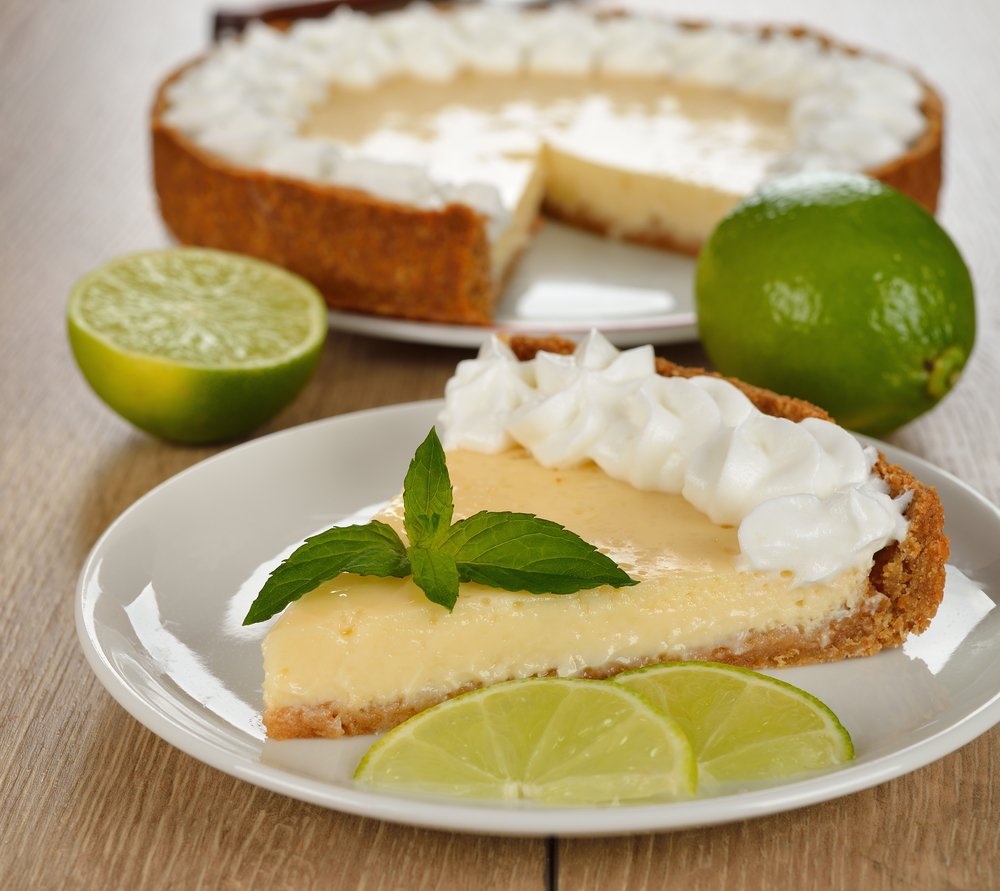
Key Lime Pie – An Origin Story
Key Lime Pie, one of our most iconic American desserts and sire to a seemingly endless dynasty of re-creations. It may come as a surprise to our readers that this wholesome lynch pin of 21st-century desserts has a past fraught with contention.
The Story
A feud as old as the pie itself continues to quietly rage between residents of Key West and the Borden Milk company. Many of us assume that Key Lime Pie originated in Key West, Florida, after all, it is home to the small tart key limes intrinsic to the recipe. However, facts have emerged that the Borden Milk Company, manufacturer of sweetened condensed milk, the primary element of the pie, may have been its true creator. Making the pie no more than a ploy peddled to the masses in an attempt to sell more canned milk.
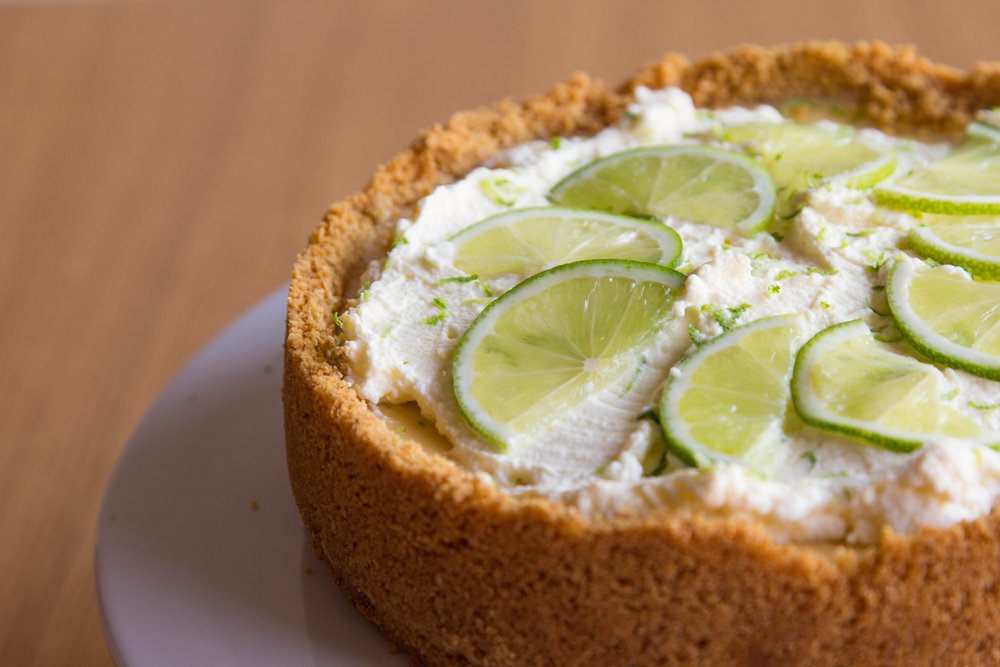
Stella Parks, Serious Eats “pastry wizard” and author of Brave Tart: Iconic American Desserts, persists that the first recipe for the Key Lime Pie was created in a Borden test kitchen somewhere in New York City in 1931. The milk company had excellent results after the release of their Magic Lemon Cream Pie recipe and were simply trying to riff off their previous success.
Rebuttal
A rebuttal from Floridian David Sloan author of a cookbook devoted entirely to the wonders of key lime pie swiftly followed. Using his social media connections he urged fellow key lime devotees to search for a recipe predating Borden’s and disprove the theory. Sloan also counters the Borden lineage by telling us a story of Aunt Sally, a cook for a Floridian millionaire. Sally supposedly created the pie for her employer as early as the mid-1800’s. However many claim that Aunt Sally simply refined the pie, and prior to her, it had been a favorite among fishermen. These fisherman would often go out to sea along the Keys with little else than canned milk, eggs, key limes, sugar, and, soda crackers.

Could the key lime pie have been an invention of fisherman? The creative experiment of a millionaire’s cook? Or the marketing scheme of a canned milk company? The world may never know, however, it will give you something to consider while you are enjoying a slice of our Perfect Key Lime Tart.
Perfect Key Lime Tart
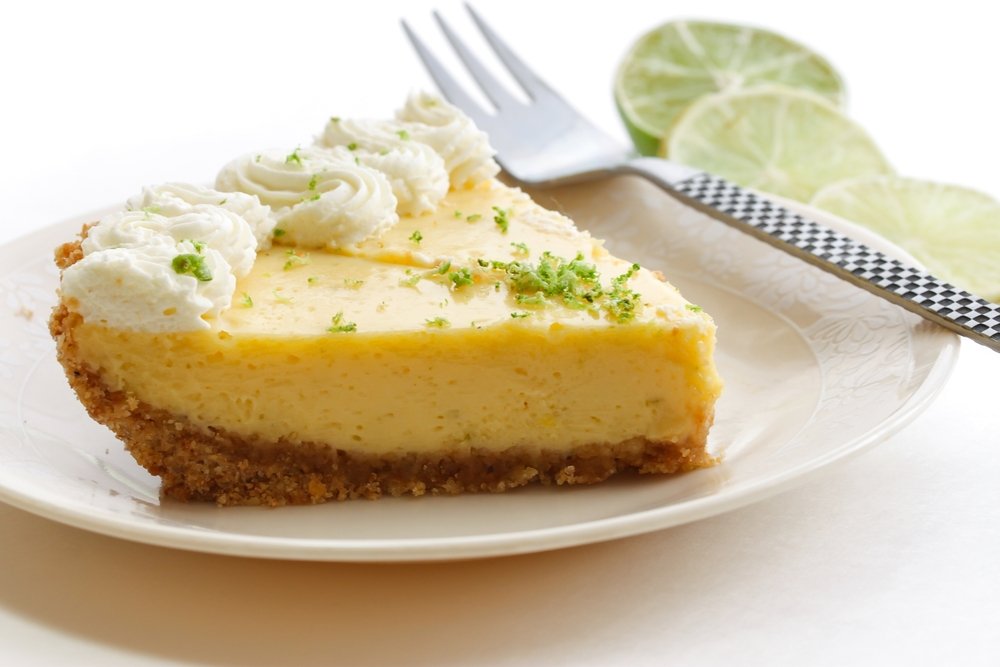
This recipe yields: 6, 9-inch tarts ingredients
- 72 Graham Crackers
- 3 sticks (24 Tablespoons) Butter, melted
- 18 Eggs, separated
- 6, 14-ounce cans Sweetened Condensed Milk
- 3 cups Key Lime Juice
- 4 cups Sugar
Instructions
Begin by preheating your oven to 350° F. In a food processor, pulse the graham crackers until they are fine crumbs. The finer you process the crackers the tighter your crust will be. This process helps prevent any leakage when adding your liquid fillings. Add the melted butter and pulse to combine.
Divide and press the graham cracker mixture into six 9-inch tart pans. Achieve a level crust by using the smooth bottom of a glass or something similar to press down and even out your crust. Bake the crusts for 10 to 12 minutes, or until golden and fragrant. Remove from oven and let cool slightly.
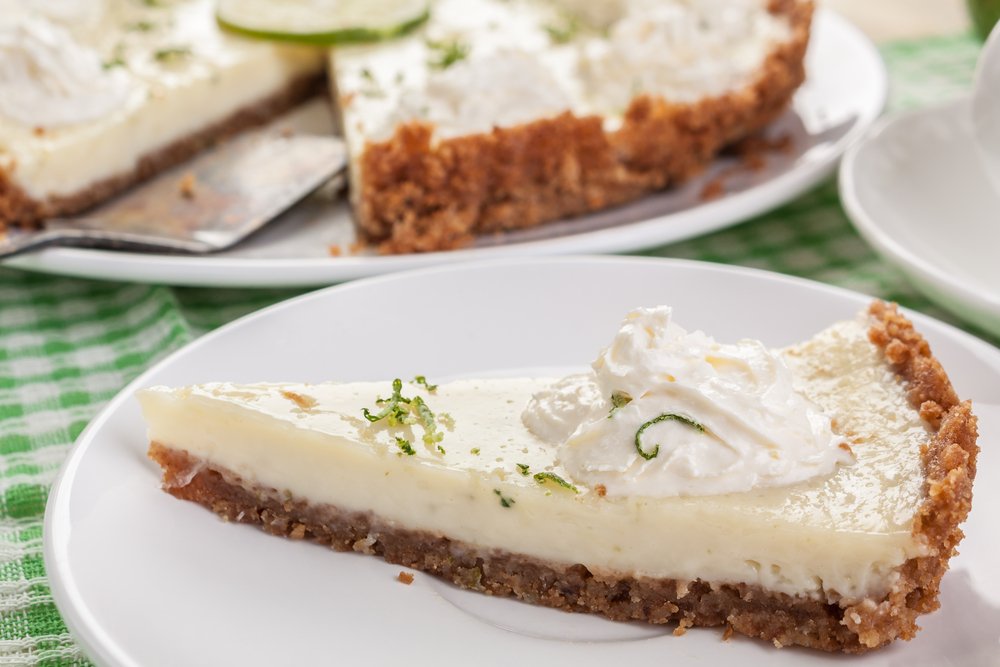
While the crusts are baking, whisk together the egg yolks, condensed milk, and key lime juice until blended. Divide the mixture evenly into the crusts and bake for an additional 15 minutes, or until barely jiggly in the center. Remove from the oven and let cool completely.
In the bowl of a standing mixer, whip the egg whites until foamy. Slowly add the sugar and whip until the egg whites are in stiff peaks. Spoon the meringue over the cooled pie filling.
Add some drama by toasting the meringue. Use a kitchen torch to lightly toast the outside of the meringue or place it under the broiler on high.




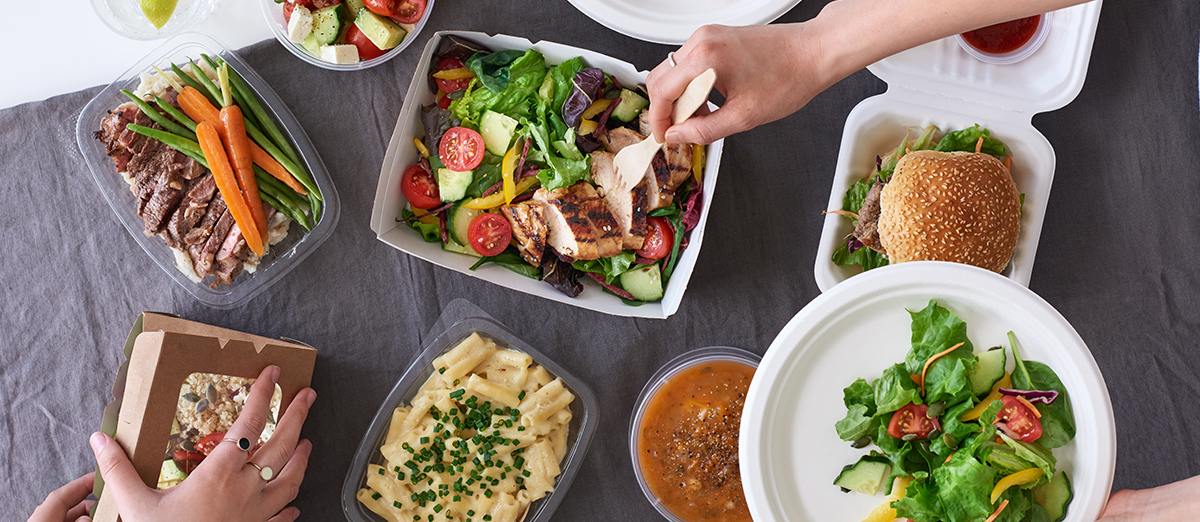

Write a Comment